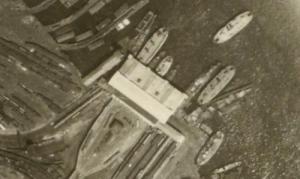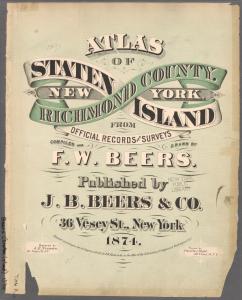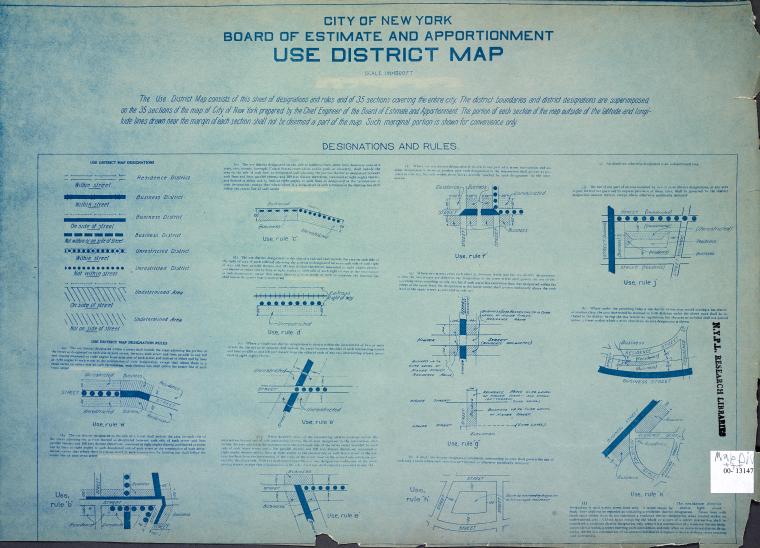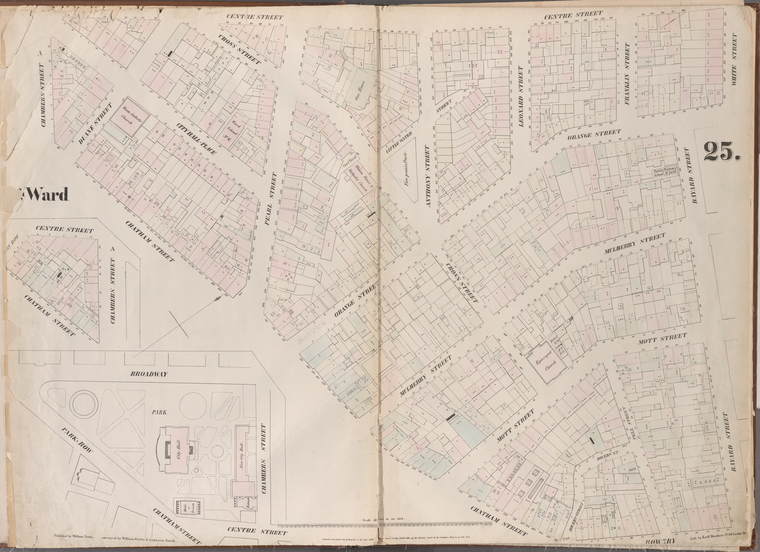Read E-Books with SimplyE
 With your library card, it's easier than ever to choose from more than 300,000 e-books on SimplyE, The New York Public Library's free e-reader app. Gain access to digital resources for all ages, including e-books, audiobooks, databases, and more.
With your library card, it's easier than ever to choose from more than 300,000 e-books on SimplyE, The New York Public Library's free e-reader app. Gain access to digital resources for all ages, including e-books, audiobooks, databases, and more.
If you don’t have an NYPL library card, New York State residents can apply for a digital card online or through SimplyE (available on the App Store or Google Play).
Need more help? Read our guide to using SimplyE.


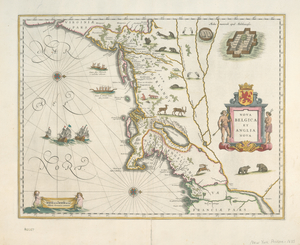


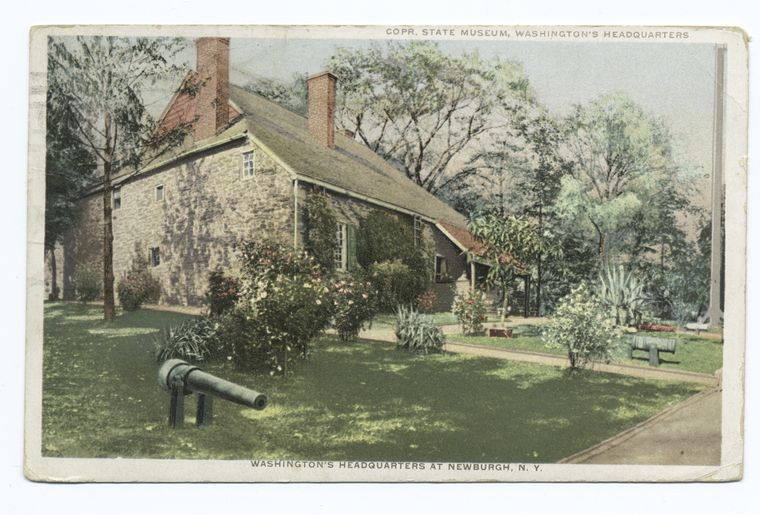
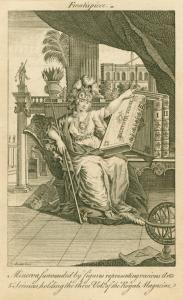


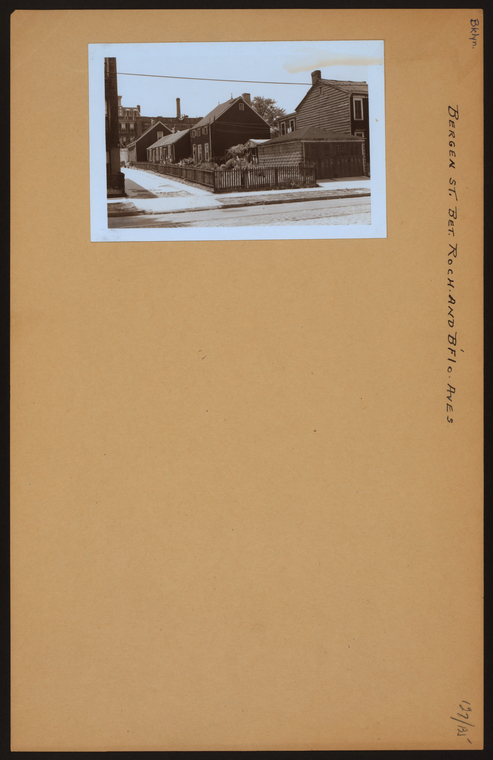
![Map bounded by West 42nd Street, East 42nd Street, Fourth Avenue, East 37th Street, West 37th Street, Sixth Avenue.], Digital ID 1615985, New York Public Library Map bounded by West 42nd Street, East 42nd Street, Fourth Avenue, East 37th Street, West 37th Street, Sixth Avenue.], Digital ID 1615985, New York Public Library](https://images.nypl.org/?id=1615985&t=w)


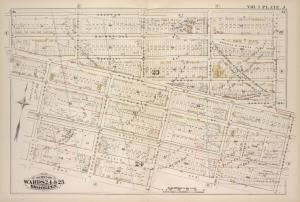
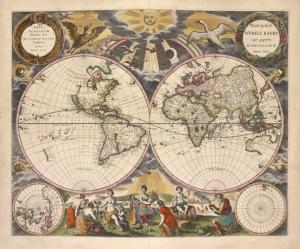

![Tonawanda Falls [Village]; Byron Center [Village]; Harris Mills [Village], Digital ID 1584322, New York Public Library Tonawanda Falls [Village]; Byron Center [Village]; Harris Mills [Village], Digital ID 1584322, New York Public Library](https://images.nypl.org/?id=1584322&t=w)

